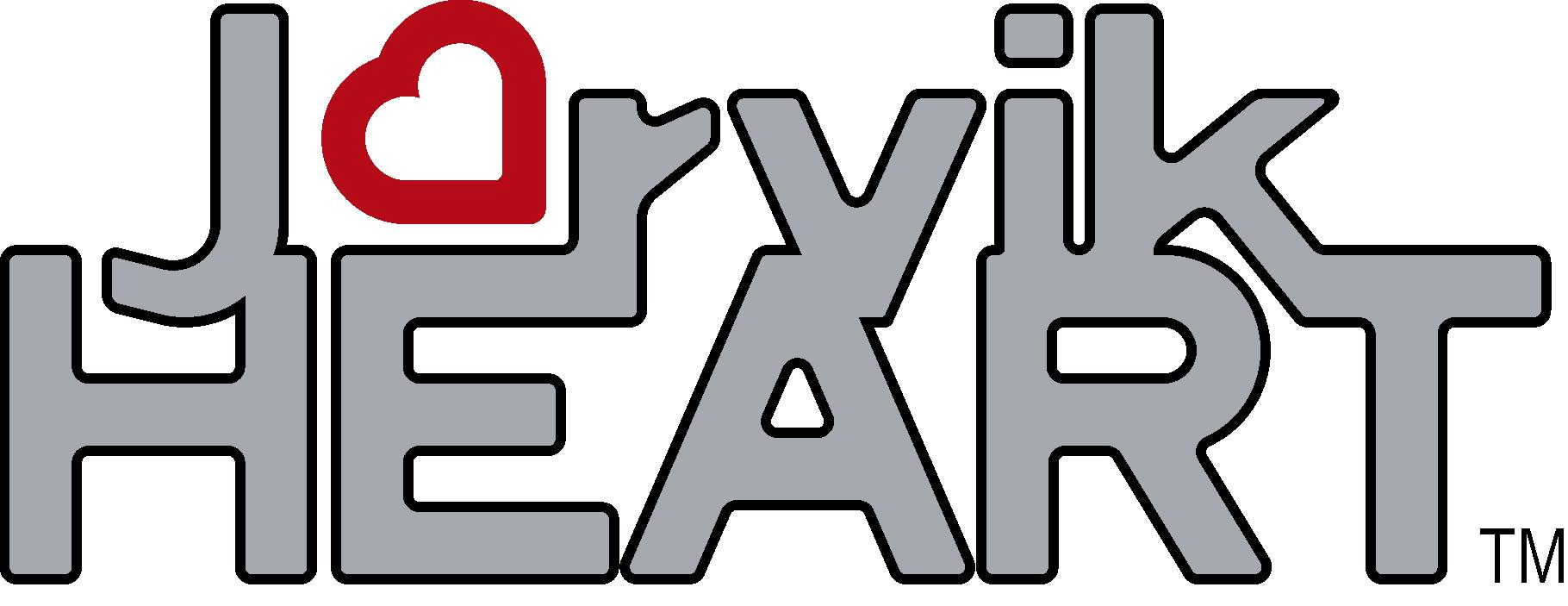What medications do Jarvik 2000® patients have to take, and for how long?
Every patient is different. While supported by the Jarvik 2000, a patient may need to take one or more of the following types of drugs: antibiotics, anticoagulants, inotropes, pain medications, vasoactive drugs, and diuretics. Other drugs sometimes used in heart disease patients, such as drugs to prevent abnormal heart rhythms, may also be prescribed.
How does the patient set the speed of the Jarvik 2000 FlowMaker®?
A knob on the controller allows the speed to be set in five increments numbered 1-5, which correspond to speeds 8,000-12,000 RPM. The range of speeds offered by the Jarvik 2000 is broad enough to give the patient some flexibility in choosing and accommodating different activities, but narrow enough to prevent unsafe extremes.
Can patients go home with the Jarvik 2000®?
One of the advantages of the Jarvik 2000 over other mechanical circulatory support devices is its ease of operation. It is designed to give patients a measure of independence and freedom. All the components can be used and maintained at home.
Can the patient bathe or shower with the Jarvik 2000®?
The controller and wearable Lithium-ion batteries for the Jarvik 2000 are splash resistant, but they are not waterproof. Splashes and spills on or near the equipment need to be cleaned up immediately. A patient can safely shower with the Jarvik 2000 pump implanted provided the controller and batteries are placed outside the shower area and protected from getting wet. The patient’s doctor must determine when the surgical wound has healed enough for the patient to begin showering.
How does the Jarvik 2000 FlowMaker® affect the patient’s sleeping habits?
Patients with the Jarvik 2000 may sleep with the pump speed set low and the controller connected to a battery. The slower pump speed allows the patient to relax and sleep comfortably.
Do cellular telephones or microwave ovens affect the Jarvik 2000®?
No. Patients with the Jarvik 2000 can also safely undergo routine diagnostic medical tests, such as x-rays, echography, and CT-scan. Magnetic resistance imaging (MRI), however, can interfere with pump function and lead to problems or injury. Please refer to the Instructions for Use for further details.
How long does the Jarvik 2000® last?
The Jarvik 2000 is designed to provide reliable support to the ailing heart for a decade or longer. Presently, our longest-sustained patient was supported for over 9 1/2 years and subsequently successfully transplanted, but the ultimate durability of the device remains unknown.

